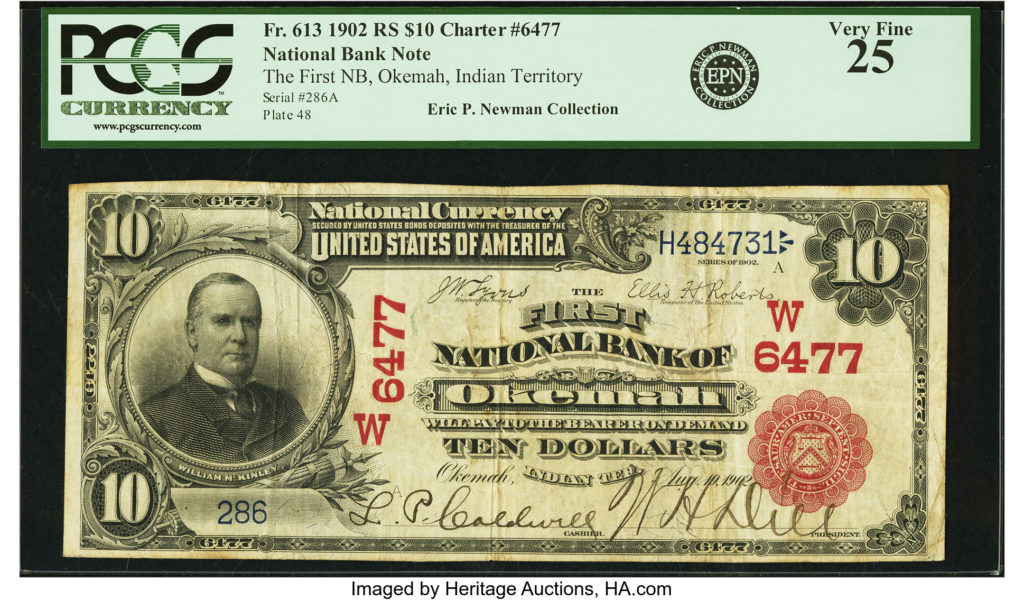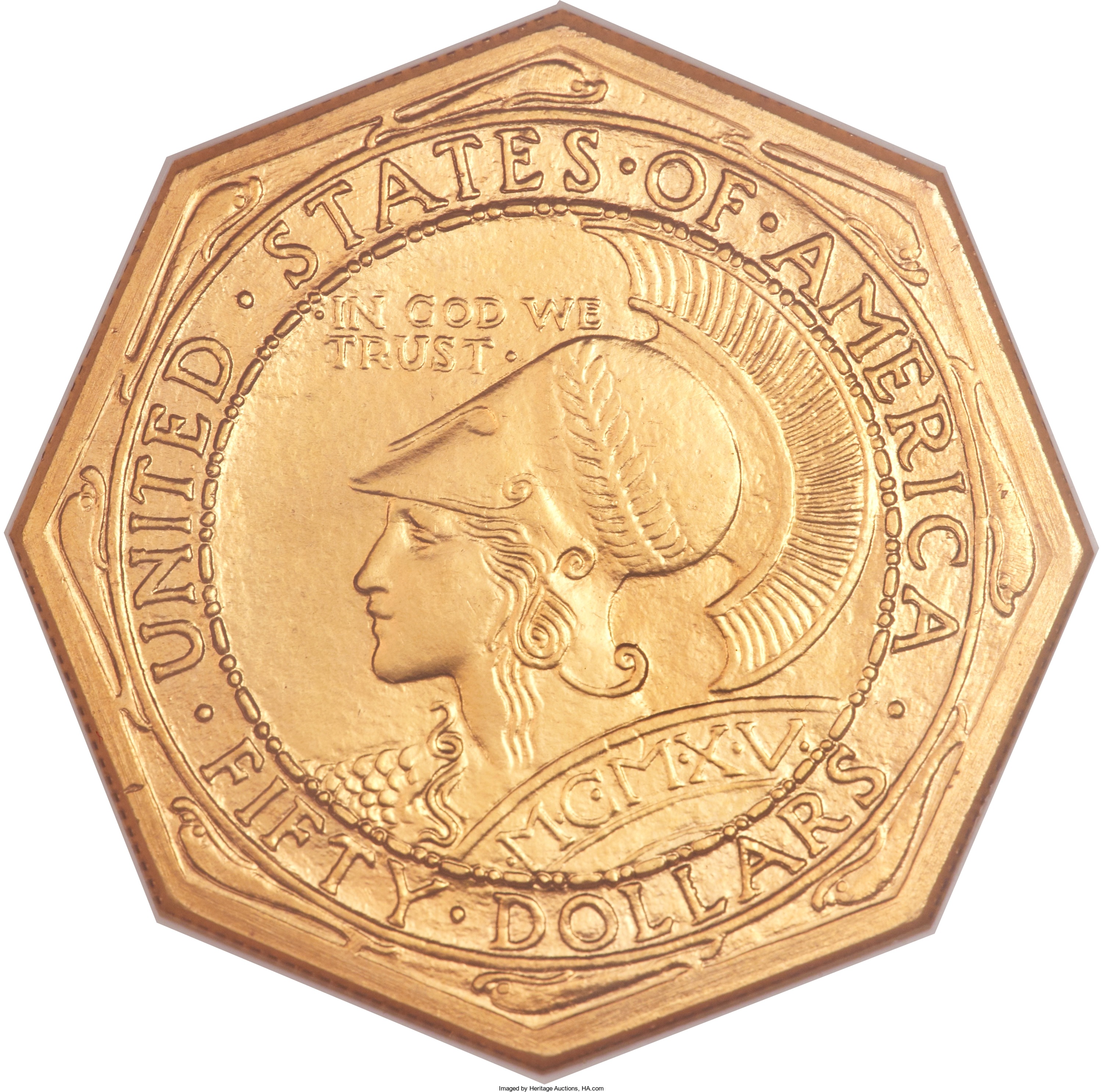
By Jim O’Neal
The 56th Congress (1899-1901) had assembled in a spirit of tranquility. For the first time since 1883, Republicans were in control of every branch of government and they rejoiced in an exceptional unity. It was the third and fourth years of President William McKinley’s presidency and included one African-American, George Henry White of North Carolina – the last black member of Congress until 1928 and the last one from the South until 1972.
McKinley was in the midst of a dramatically expanding era of foreign trade and the entire nation was applauding U.S. Secretary of State John Hay’s negotiations for the “Open Door Policy” into China. Republicans were also free to take action on the president’s policy to establish a temporary government in Porto Rico (the name was changed by Congress in 1931), with free trade between the islands and the United States. In addition, they needed to provide a territorial government for newly acquired Hawaii.
The minority lost no time in seeking revenge. Lacking a constructive program and impotent to prevent legislation on which the majority united, Democratic leaders resorted to opposition in its rawest form: Seek any device to divide or delay the Republican steamroller (sound familiar?). Constitutional questions were raised on a wide range of resolutions, with special attention to matters involving the Philippines, another recent addition courtesy of the Spanish-American War in 1898. They accused the administration of censorship and obscuring facts from the people on a broad set of issues. Anything to slow them down.
Despite furious, intermittent debates, the chairman of the Committee on the Philippines recommended granting the president broad legislative authority, almost carte blanche legal authority to do as he pleased. This further outraged Democrats and even seemed radical to many Republican senators. But the legislation had been carefully constructed by the superbly knowledgeable Senator John Spooner and modeled on the act by which Congress had authorized Thomas Jefferson to govern Louisiana nearly 100 years earlier.
This further emboldened the president and he adopted an even broader assumption of power and established a new commission to “build up from the bottom” and create a central government to be established in Manila, with the head likely to become a civilian governor. For this position, McKinley wanted a man of unusual qualifications, not only administrative and judicial, but moral as well. He wanted someone who possessed the extraordinary tact and patience required to bridge an interim period of joint control with a military government.
In the middle of January, the president telegraphed Judge William Howard Taft of Cincinnati politely asking him to call.
Taft was an affable man of 42; jolly but impressive with a big body, big smile and a bigger judicial brain, serving as judge of the U.S. Circuit Court at Cincinnati for eight years. Though Taft was a prominent jurist and a highly respected Republican, he did not know McKinley well during McKinley’s time as governor of Ohio. Taft had mingled in politics without becoming a typical politician. He was far too fastidious for the compromises and bargains, uneasy with the quid pro quo and backslapping of politics. Further, he did not have a high opinion of McKinley, despite a cordial dinner on the night of the Ohio elections of 1899.
Less than three months later came this unexpected call from the White House, presumably at the urging of Mark Hanna, the ultimate kingmaker.
Taft was perplexed by the call since he had a single all-consuming ambition, to become a member of the Supreme Court, and there had been no talk of a vacancy. When he arrived at the White House, McKinley came straight to the point, asking him to be a member of the Philippines commission and intimating he would head it. Years later when he was president-elect of the United States, Taft recalled the conversation in a speech: “Judge, I’d like you to go to the Philippines.” “Mr. President, I would like to help, but I am sorry we got the Philippines and I don’t want them.” “Judge, you don’t want them less than I do, but we’ve got them and I can trust a man who doesn’t want them more than a man who does!”
So Judge William Taft became governor of the Philippines (a job he didn’t want) and, ultimately, the 27th president of the United States (another job he reluctantly accepted). He finally got his dream job as the Chief Justice of the Supreme Court on July 11, 1921. He would serve until he retired on Feb. 3, 1930. After his death the following month, he was buried at Arlington National Cemetery, the first president and first Supreme Court Justice to be interred there.
Presidential politics took some strange twists and turns along the way … and some things never seem to change.
 Intelligent Collector blogger JIM O’NEAL is an avid collector and history buff. He is president and CEO of Frito-Lay International [retired] and earlier served as chair and CEO of PepsiCo Restaurants International [KFC Pizza Hut and Taco Bell].
Intelligent Collector blogger JIM O’NEAL is an avid collector and history buff. He is president and CEO of Frito-Lay International [retired] and earlier served as chair and CEO of PepsiCo Restaurants International [KFC Pizza Hut and Taco Bell].

